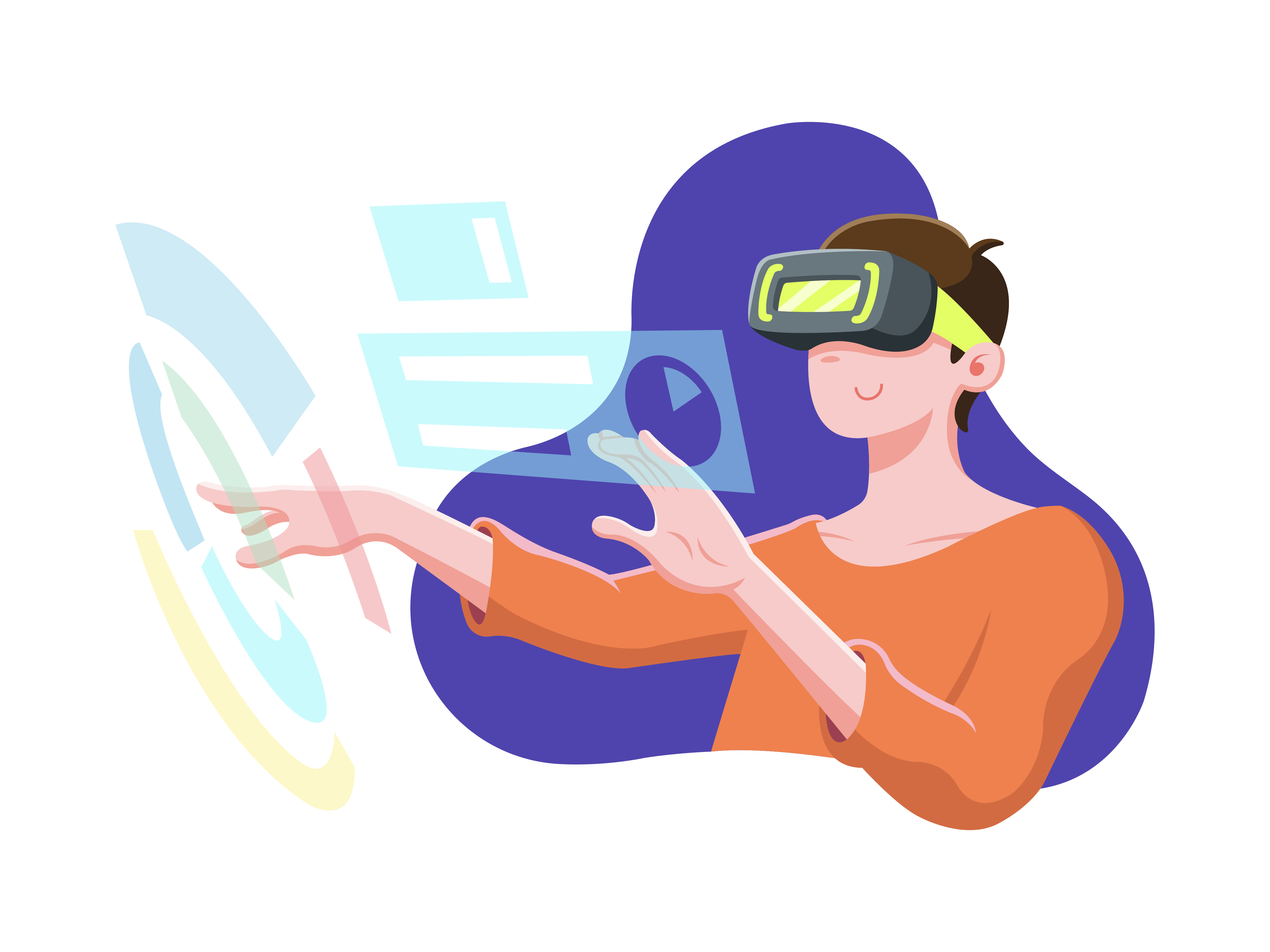Colour Psychology in Web Design: Influencing User Perception and Behaviour.
When it comes to web design, there is more to colours than mere aesthetics. The choice of colours can significantly impact how users perceive and interact with a website. This is where the fascinating field of colour psychology comes into play. Understanding the psychological effects of colours can help web designers create visually appealing and user-friendly websites that effectively convey brand messages and maximise user engagement. Let's delve into the world of colour psychology in web design and explore how different colours can influence user perception and behaviour.
The Power of Colors.
Colours have the power to evoke emotions, influence moods, and even subconsciously guide decision-making. Each colour has unique psychological and cultural associations that can shape user experiences on a website. Here are some commonly used colours in web design and the psychological effects they can have:
Blue
Blue is often associated with trust, reliability, and professionalism. It creates a sense of calmness and stability, making it an ideal choice for websites in industries like finance, healthcare, and technology.
Red
Red is a vibrant and attention-grabbing colour that can evoke strong emotions. It is often associated with passion, energy, and urgency. Red is commonly used for call-to-action buttons or to highlight important elements on a website.
Green
Green is associated with nature, growth, and harmony. It is often used in websites related to health, environment, and sustainable living. Green can also represent wealth and relaxation, making it a popular choice for financial and wellness websites.
Yellow
Yellow is a cheerful and optimistic colour that can evoke feelings of joy and happiness. It grabs attention and is often used to create a sense of optimism and enthusiasm, making it ideal for websites related to creativity, children, and entertainment.
Purple
Purple is often associated with luxury, creativity, and royalty. It can evoke a sense of elegance and sophistication, making it suitable for websites related to beauty, arts, and high-end products.
Orange
Orange is a warm and energetic colour that can grab attention and create a sense of excitement. It is often used to convey friendliness and enthusiasm and is commonly found in websites related to food, fitness, and entertainment.
It's essential to strike the right balance and understanding of colour psychology as every colour can have different connotations depending on cultural backgrounds and personal experiences. Additionally, the combination of colours can also play a crucial role in eliciting specific emotions and influencing user behaviour.
Applying Color Psychology in Web Design.
Now that we have explored the psychological effects of different colours, let's discuss how web designers can effectively apply colour psychology to influence user perception and behaviour.
Consider Target Audience
Understanding the target audience is paramount when choosing colours for a website. Different demographics have varied responses to colours, so it's important to consider cultural preferences and the desired emotional response to create a visually appealing and relatable website.
Establish Brand Identity
Colours play a significant role in building brand identity. Consistency in colour usage across a website can help establish brand recognition and create a cohesive visual experience for the users.
Create Visual Hierarchy
Colours can be used to create a visual hierarchy on a website by highlighting important elements or guiding user attention. Combining contrasting colours or using vibrant colours strategically can draw attention to call-to-action buttons, menu options, or key information, making it easier for users to navigate and engage with the website.
Evoke Desired Emotions
Websites should aim to evoke the desired emotions that align with the brand and website objectives. Warm colours like red and orange can create a sense of urgency, while cool colours like blue and green can convey a sense of trust and relaxation. Understanding the emotions you want to evoke and using appropriate colour schemes can help achieve this effectively.
Test and Iterate
Colours can have different effects on different individuals, so it's essential to gather user feedback and conduct A/B testing to evaluate the impact of colour choices. This iterative approach ensures continuous improvement and optimization of the website's design.
By incorporating colour psychology principles into web design, designers can create visually striking websites that resonate with users, communicate brand messages effectively, and enhance user engagement.
Looking for a web design company in Bangalore? Look no further than Mellow Designs. We are a team of designers, writers and managers that have a knack for transforming brands to the next level, big or small. We can help craft your brand’s web design in such a way so that it can reach great heights in the market. We’ve partnered with both startups and stalwarts in our 5 years of journey You can check out some of the web design projects we have done from scratch in our portfolio.








